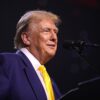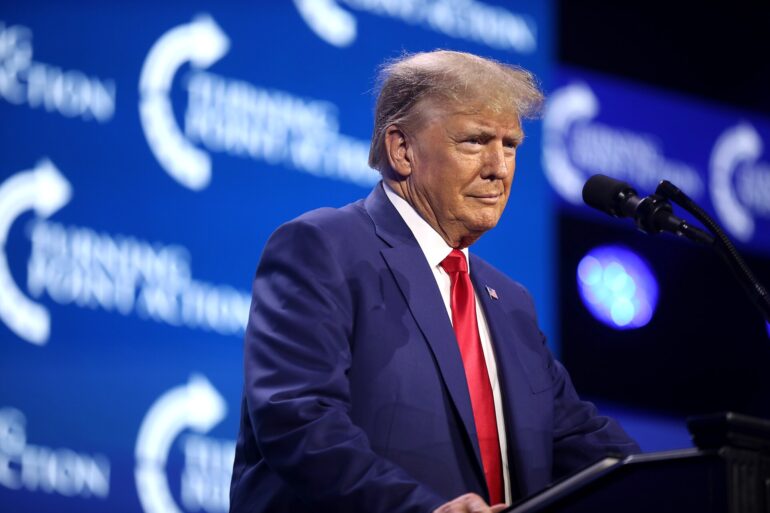The Trump administration is now reportedly moving ahead with one of the most significant reductions of the federal workforce in modern history, aiming to cut roughly 300,000 employees by the end of the fiscal year, according to the government’s top personnel official.
The figure, representing about 12.5 percent of the 4.4 million workers on the federal payroll when President Trump took office, reflects the administration’s continued effort to streamline government and reduce bureaucracy.
Scott Kupor, the director of the Office of Personnel Management, said in an interview that while some employees feared deeper cuts in the coming weeks, the reductions already underway are likely to stand as the administration’s final tally for this year.
“There’s still some moving parts there,” Mr. Kupor told The New York Times. “My gut is — I don’t think there’s going to be meaningful changes, kind of through Sept. 30, relative to at least what’s been forecast to date.”
The downsizing comes largely through voluntary buyouts rather than layoffs, Mr. Kupor said, crediting the White House’s Department of Government Efficiency (DOGE) with spearheading the process. “I think the agencies expected they would have fewer people in the, call it ‘voluntary bucket,’ and they would therefore have to do more in the ‘involuntary bucket,’” he explained. But so far, voluntary departures have exceeded expectations, helping agencies reduce their headcounts without widespread firings.
The administration has framed the effort as a commonsense step toward leaner government. By targeting inefficiencies and cutting down the size of agencies that had ballooned over the years, officials argue, taxpayers will ultimately benefit from a government that costs less and operates more effectively.
Mr. Kupor emphasized that the reductions are not designed to cripple essential services but to bring the size of the federal workforce more in line with need.
The White House’s efficiency initiative has reviewed agencies across the government, identifying places where duplication and unnecessary staff positions could be eliminated.
While the director declined to specify what the next fiscal year might bring, he indicated the current focus is on completing the existing reduction plan. “That’s a little bit of a TBD,” Mr. Kupor said when asked whether further cuts might be proposed. “That’s the one I think that we don’t really have as much guidance on right now.”
The strategy has drawn attention not only because of its scale, but because of how it contrasts with earlier fears among federal employees. Many had braced for sweeping layoffs as part of the president’s pledge to rein in Washington.
Instead, the government has relied heavily on buyout packages, easing the transition while still achieving substantial reductions.
The overall approach underscores a central theme of Mr. Trump’s presidency: a push to challenge entrenched bureaucracies and force a sprawling federal system to operate with greater discipline.
For conservatives, the 300,000-person reduction represents tangible progress toward reining in what they view as an unwieldy and costly government.
[READ MORE: Trump Rips California Governor Gavin Newsom Over Incompetence, Mismanagement in Los Angeles]





